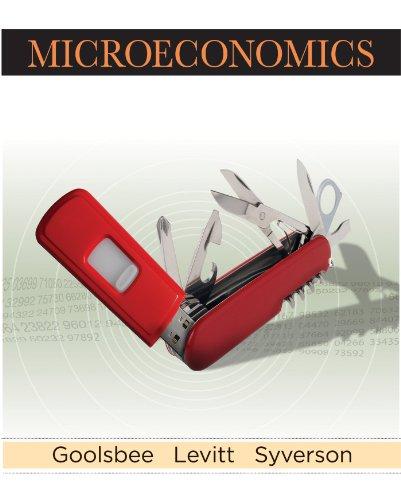8. Two pink slime producers, XL and IPSP, are located in an otherwise pastoral mountain town. Each...
Question:
8. Two pink slime producers, XL and IPSP, are located in an otherwise pastoral mountain town.
Each producer emits 30 tons of ammonium hydroxide into the atmosphere each year. City planners wish to cut the level of ammonium hydroxide pollution to 50 tons overall.
a. Alfred B. Packer steps forward with the following suggestion. “Make each firm cut emissions by 5 tons. That seems fair, doesn’t it?” Do you agree? Explain your answer.
b. Suppose that XL and IPSP are both capable of reducing emissions by 5 tons, but that it costs XL $50, and IPSP $100, to clean up each ton of emissions. Comment on the fairness of Packer’s proposal in light of this additional information.
c. If you were the “King of the World” and hoped to clean up the ammonium hydroxide at the lowest possible cost, how would you split the burden of the cleanup between XL and IPSP?
d. Suppose the city goes to a tradable permits system for reducing ammonium hydroxide emissions. It prints 50 permits, each of which gives the bearer the right to emit 1 ton of ammonium hydroxide. It then distributes 25 permits each to XL and IPSP, and informs both that they are free to buy and sell the permits to each other.
i. When permits are traded, who will be the likely buyer of permits, and who will be the likely seller? Explain.
ii. What is the lowest price that you expect pollution permits to sell for?
iii. What is the highest price you expect pollution permits to sell for?
iv. When trade is complete, how many permits do you expect to see sold?
v. Under the tradable permits system, how much of the cleanup does XL end up being responsible for? How does this outcome compare to your answer to (c)?
Step by Step Answer:

Microeconomics
ISBN: 9780716759751
1st Edition
Authors: Austan Goolsbee, Steven Levitt, Chad Syverson






